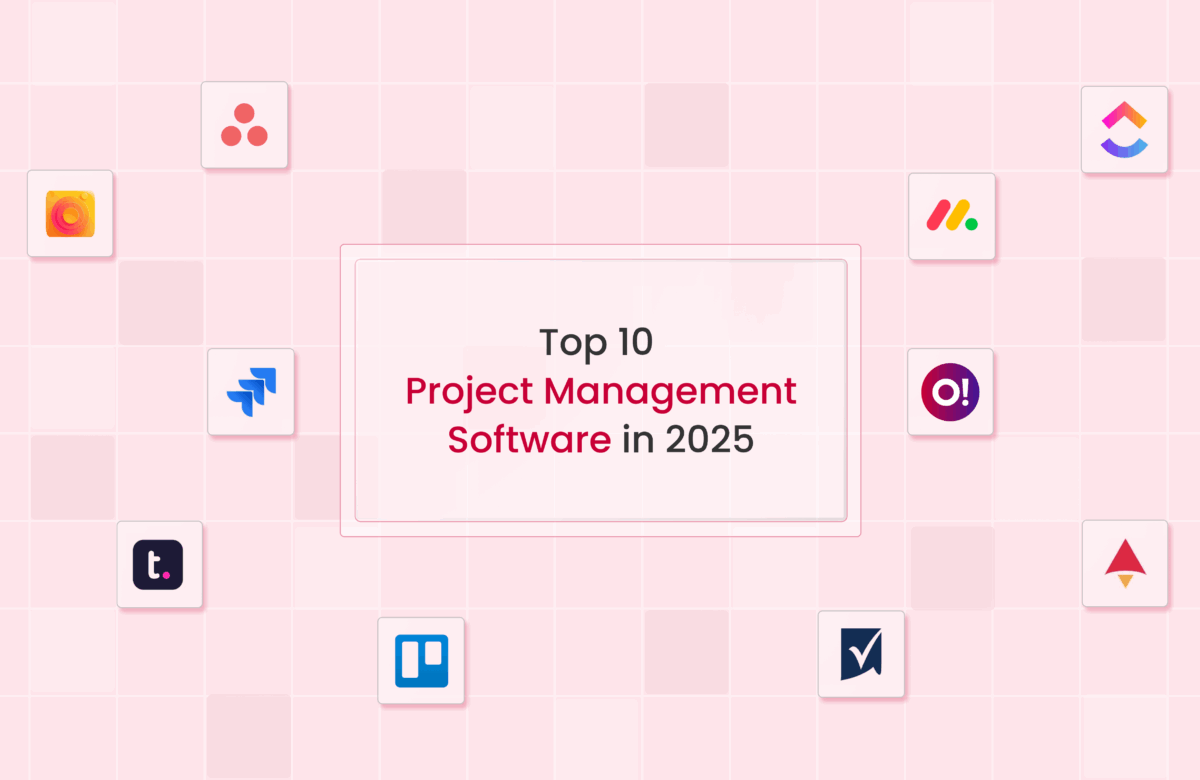Top 10 Project Management Software in 2025
Choosing the appropriate project management software is vital for maximizing team productivity in today’s competitive landscape. Unfortunately, many available options can overwhelm users with complex dashboards, excessive customization features, and steep learning curves challenges that frequently frustrate startups and small teams. This guide evaluates the top ten project management tools of 2025, outlines our selection criteria, and highlights why Orta is identified as the optimal lightweight solution, even in its Beta phase.
1. Asana
Best for: Visual task management and flexible workflows
Key features:
- List, Board (Kanban), Timeline (Gantt) views
- Custom fields, rules, and Portfolios
- 200+ integrations (Slack, Google Drive, MS Teams)
Pros & Cons:
- ✓ Intuitive interface; automated rules
- ✗ Steep pricing at scale; setup complexity
Common Pain Point: Too many custom‑rule options can overwhelm non‑technical users.
Learn more: Asana automation guide
2. Monday.com
Best for: Highly customizable workflows
Key features:
- Drag‑and‑drop boards; pre‑built templates
- Time tracking, workload views, custom dashboards
- App Marketplace with 200+ add‑ons
Pros & Cons:
- ✓ Near‑infinite customization
- ✗ Requires a dedicated admin for complex setups
Common Pain Point: Custom columns and automations often extend onboarding by weeks.
Learn more: Monday.com Guide
3. Jira
Best for: Agile software development
Key features:
- Scrum & Kanban boards; advanced roadmaps
- GitHub/Bitbucket integrations; backlog grooming
- Velocity & burndown charts
Pros & Cons:
- ✓ Deep developer toolchain integration
- ✗ Overkill if you’re not strictly Agile
Common Pain Point: Admin overhead for custom workflows and permission schemes.
Learn more: Jira Product Guide
4. Trello
Best for: Lightweight task tracking
Key features:
- Simple Kanban boards; Better automation
- “Power‑Ups” for calendars, voting, and timelines
- Mobile‑first design
Pros & Cons:
- ✓ Extremely easy to adopt
- ✗ Limited reporting and scalability
Common Pain Point: Lacks built‑in analytics beyond basic board views.
Learn more: Trello Guide
5. ClickUp
Best for: All‑in‑one productivity
Key features:
- Docs, Goals, Chat, Whiteboards
- Multiple task views; custom statuses & fields
- Native time tracking; admin controls
Pros & Cons:
- ✓ Consolidates many apps in one
- ✗ UI can feel cluttered as features expand
Common Pain Point: Steeper learning curve when enabling “everything” by default.
Learn more: ClickUp Guide
6. Astravue
Best for: Agencies & consulting firms needing profit-driven PM
Key features:
- Time tracking with cost vs. revenue dashboards
- Budget estimates, expense logging, and resource costing
- Client-facing portal & detailed profitability reports
Pros & Cons:
- ✓ Built-in financial insights keep every project on budget
- ✗ No native mobile app yet; API still in early beta
Common Pain Point: Lacks some of the collaboration bells-and-whistles (chat, docs); you’ll often pair it with a separate comms tool.
Learn more: Astravue Help Center
7. Workfast.ai
Best for: Best for: Remote or creative teams craving chat + task flow
Key features:
- Integrated channels, DMs & file-sharing per task
- Task boards with deadlines, dependencies & AI-generated summaries
- Real-time alerts across Web, desktop & mobile
Pros & Cons:
- ✓ Eliminates tool-switching chat lives right alongside your tasks
- ✗ AI insights are helpful, but still evolving in accuracy
Common Pain Point: Newer platform means fewer third-party integrations; you may need manual workarounds for niche apps.
Learn more: Workfast Guide
8. Teamwork
Best for: Client‑facing agencies
Key features:
- Client permissions; time tracking & billing
- Gantt charts; workload views
- Integrated helpdesk & CRM modules
Pros & Cons:
- ✓ Excellent for billing & client reporting
- ✗ The feature set can feel disjointed
Common Pain Point: Switching between PM, helpdesk, and CRM modules can confuse users.
Learn more: Teamwork Support
9. Smartsheet
Best for: Spreadsheet lovers
Key features:
- Grid, Gantt, Card, Calendar views
- Conditional formatting; formulas
- Automated workflows; dashboards
Pros & Cons:
- ✓ Familiar spreadsheet interface; powerful automation
- ✗ Can become formula-heavy and hard to maintain
Common Pain Point: Formula debugging and sheet performance with large datasets.
Learn more: Smartsheet Guide
10. Orta (Early Access / Beta)
Best for: Startups & small teams craving simplicity
Key features:
- Clutter‑free UI: No hidden menus or confusing toggles.
- Smart Filters & Sorting: Prioritize what matters without the mess.
- Reminders & Comments: Set task-level reminders so nothing slips through and Keep context clear with real-time comments and mentions.
- Integrations: Google Calendar.
- Pricing: Tiered per user-no hidden enterprise fees; 60‑day free trial.
Pros & Cons:
- ✓ Zero‑config start; launch your first sprint in under 5 minutes
- ✗ Beta limitations: limited integrations and advanced dashboards
Upcoming Features:
- Native time‑tracking widget, customizable dashboards, expanded API endpoints, Kanban Board, CRM Tools Integrations for Marketing Teams, WhatsApp Integration, Project Estimation Calculator, Orta AI
CTA: Join our Beta: Unlock new features the moment they launch – Sign up at ortaapp.com


